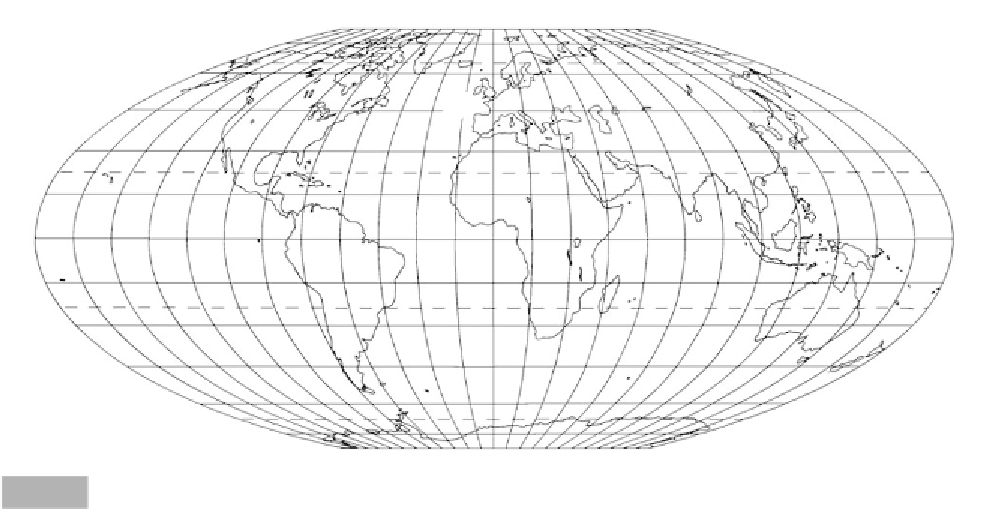Geoscience Reference
In-Depth Information
Edmonton
London
Munich
Russian steppes
S. Dakota
Chartres
Boulder
Massacuhsetts
New York State
Topeka
Irving
Xenia
Kansas City
Venice
Judsonia
Bangladesh
Florida
Oklahoma City
Rock Springs
Queensland
Sydney
Orange
Murrumbidgee
Location map.
Fig. 4.3
chapter). Thunderstorms can also be enhanced by the
warmer temperatures and increased surface roughness
found in urban areas. For example, the amount of
rainfall from thunderstorms in Sydney, Australia,
increases with increase in the percentage of land
covered by concrete and buildings. The highest rain-
falls occur over Sydney's central business district where
turbulence increases over a regular grid of skyscrapers
and streets.
Thunderstorms accompanied by their attendant
phenomena have produced some colossal damage. In
Sydney, on 21 January 1991, a thunderstorm swept
uphill through the northern suburbs of the city
accompanied by wind gusts of 230 km hr
-1
, hail up
to 7 cm in diameter and rainfall intensities up to
205 mm hr
-1
. In twenty minutes, 50 000 mature trees
were destroyed, uprooting gas and water mains and
bringing down 140 km of power lines concentrated in
an area of only 100 km
2
. Over 7000 homes were
damaged by wind or fallen trees. The storm cost
$A560 million and the clean-up involved 4000 utility
personnel and emergency workers.
of the conducting channel expands from a few
millimetres to a few centimetres in a few millionths of
a second. This expansion produces a shock wave and
noise. A build-up of charged ions in the thundercloud
causes lightning (Figure 4.4). The process is known as
charge separation or polarization and is aided by
updrafts and the presence of ice or
graupel
. Graupel
consists of aggregated ice or hail that is coated in super-
cooled water. If this freezes, expansion causes the outer
layer of the graupel to shatter into small pieces that are
carried in updrafts at speeds of 50 m s
-1
. Shattering
occurs at temperatures between -3 and -10°C. These
shattered particles tend to carry a positive charge
away from the larger graupel particle leaving behind a
negative charge. Thus, positive charges migrate to the
top of the cloud leaving negative charges at the bottom.
Positive charges can also build up in a shadow zone at
the ground under the thundercloud. The latter build-
up, with its concomitant depletion of negative charge,
has been postulated as the reason for an increase
in suicides, murders and traffic accidents before
the occurrence of thunderstorms. This distribution in
charge produces an electrical gradient, both within the
cloud, and between the base of the cloud and
the ground. If the gradient reaches a critical
threshold
,
it is reduced by sparking between the area of negative
charge and the two areas of positive charge build-up.
The amount of energy involved in a lightning discharge
varies greatly, but is quite small compared to the
Ligh
tning
(Geophysics Study Committee, 1987; Black & Hallett, 1998;
Anagnostou et al., 2002)
Thunder is generated when lightning briefly heats
the air to temperatures of 30 000 K or five times the
surface temperature of the sun. As a result, the width




























